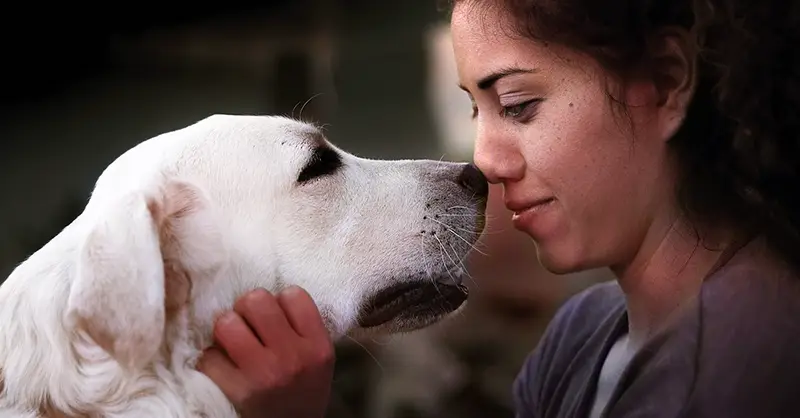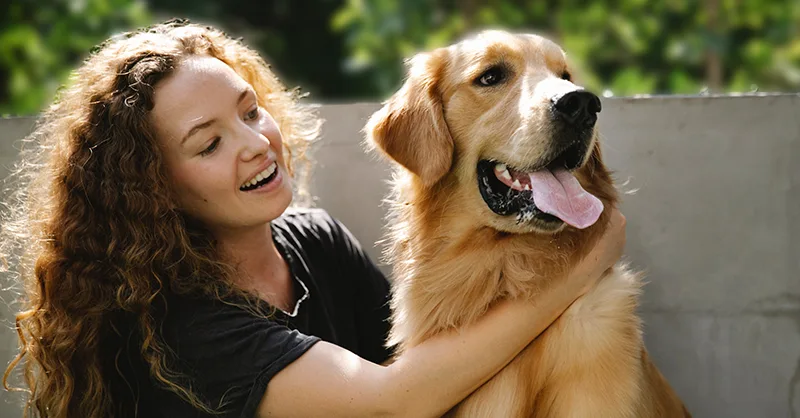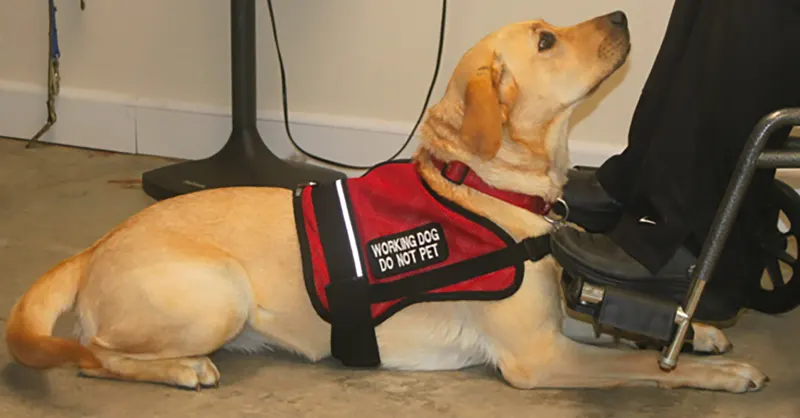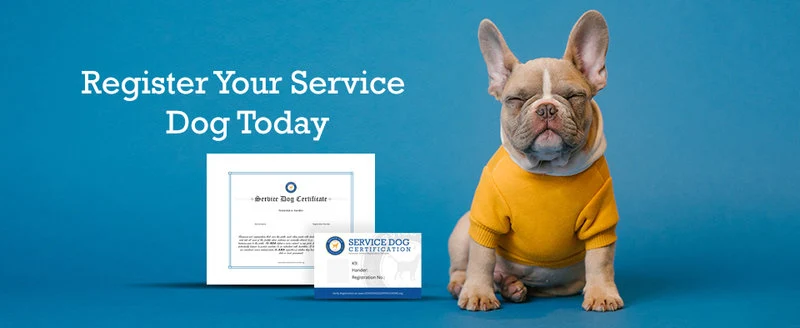Home Page › Blog › How to Bond with a New Service Dog
How to Bond with a New Service Dog
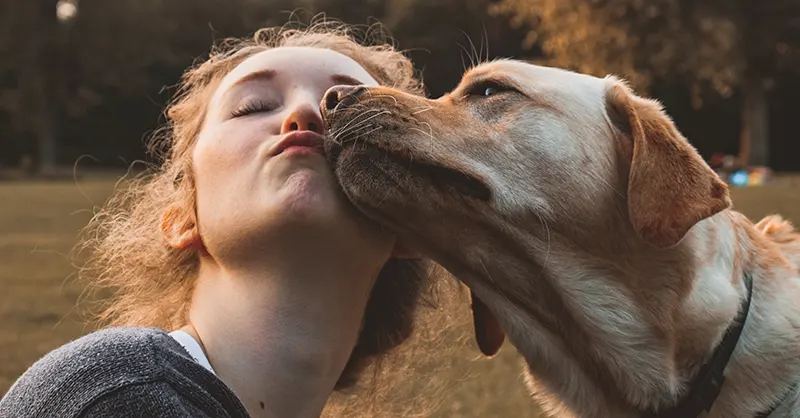
Training a service dog is the most significant part of their work. It doesn’t matter how well-behaved a dog is; they cannot work as your service dog if they can’t perform the tasks you need. After all, your health and safety depend on their ability to execute their functions. Though as essential as training is, there is another element just as important as training: bonding.
If you have bonded with your service dog right away, consider yourself lucky. For many, bonding takes some time, especially for those who purchased a service dog that’s already trained. Bonding is the foundation for both the working and personal relationship between a service dog and its handler. In this article, we will touch on ways to bond with your service dog successfully.
How to Successfully Bond With Your Service Dog
As the saying goes, “Teamwork makes the dream work.” A service dog and its handler is a team. To make that partnership successful, they must both be bonded to each other. With bonding comes trust and confidence, giving the service dog the right environment to do their job.
Despite having to bond with a dog, many elements of traditional team-building efforts can apply to the relationship between a service dog and its handler.
1. Give the Bonding Time
Building a new relationship with a new service dog takes time, in a very literal sense. Spending quality time together allows both you and your dog to get to know each other and overcome any miscommunications or kinks in training. Spending time with a service dog while working and playing allows the dog to acclimate to a handler’s nuances in speech and body language. Also, dogs are naturally observant, and they change their behaviors according to the rhythm and flow of their owner’s day. Allotting enough time together to get to know each other is the first step to bonding with your service dog.
2. Use Food as Incentive for Your Service Dog
Anyone who has a dog knows how strong food is as an incentive when training a service dog. Food can also help to bond. Feeding meals to a dog by hand, bit by bit, allows a dog to associate good things (food) with its new human. Hand feeding also instills trust between a dog and its handler. Treats can also be fed periodically, familiarizing the dog with its environment and tasks. As a dog begins to build a bond with you, you can slowly transition to traditional feedings. Be careful not to overfeed a dog or become too dependent on treats for your service dog’s compliance.
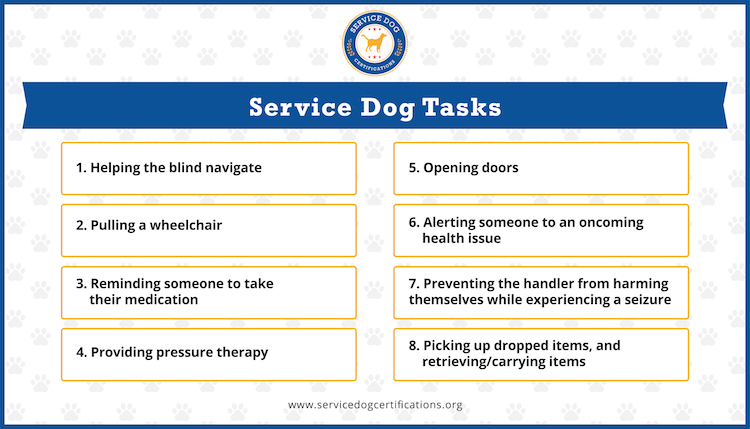
3. Play Hard—but Maintain Order
Much of the life of a service dog is about work. Because of this, a new service dog and its handler must play together. Every dog has a different style of playing and preferences, so playing with your service dog is an opportunity to know their likes and dislikes.
Shower your service dog with a lot of encouragement and affirmations, getting them used to your approval. Playing with your service dog also lets them associate you with downtime. During play, make sure to establish yourself as their owner. Play games that initiate direction and compliance. Following their handler’s orders is something a service dog needs to do consistently, even during their leisure time.
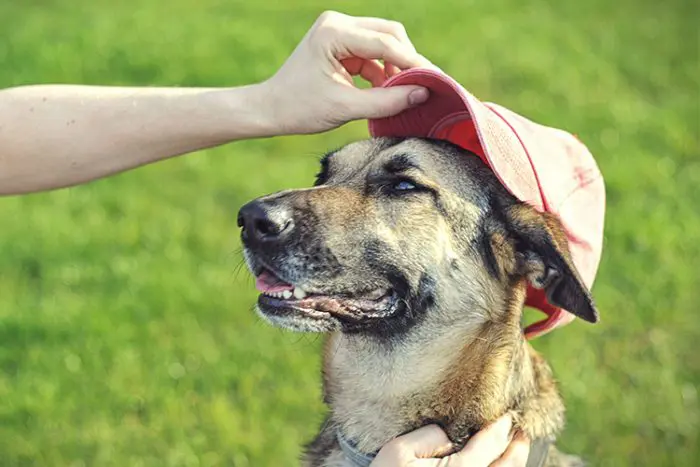
4. Tethering
Tethering is not for everyone and can be a controversial topic. However, many owners find tethering to be a quick way to bond with a new dog. Tethering includes keeping your new dog attached to you with a leash at all times, letting the dog get used to your daily routine and activity. The AKC approves the responsible use of tethering to encourage bonding and training.
Don’t confuse tethering with tying a dog up outside by itself or cruelly leaving a dog tethered without food or water. And never leave a tethered dog unsupervised. When tethering is used correctly for bonding, the results can be very positive.
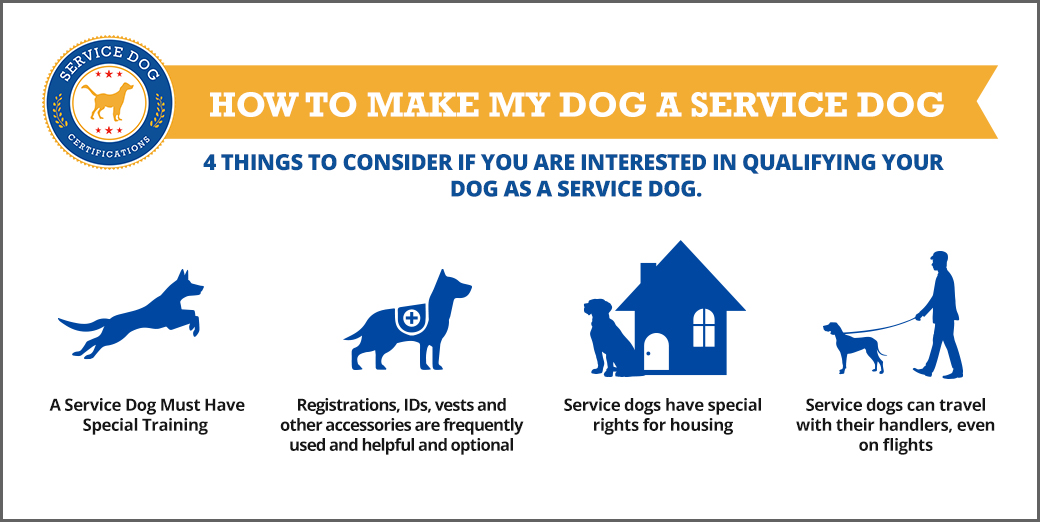
If All Fails Consult a Trainer or Veterinarian
If you have difficulty bonding with your new service dog, consult with a trainer (preferably the dog’s original service dog trainer) or your veterinarian. They might have suggestions unique to their experiences that can help you and your service dog bond appropriately. Your service dog may also have developed physical or cognitive issues that may prevent them from bonding with you, so it’s best to get outside consultation if bonding has become a challenge. Very often, it just takes time and a lot of love for a dog and handler to become a reliable team.
Let everyone know your medical service dog is an indispensable part of your life with your Service Dog ID. Get your medical service dog registered below.
About the Author: The writing team at Service Dog Certifications is made up of folks who really know their stuff when it comes to disability laws and assistance animals. Many of our writers and editors have service dogs themselves and share insights from their own experiences. All of us have a passion for disability rights and animals.
Latest Posts

Ohio Service Dog Requirements
You can bring a service dog almost anywhere where pets aren’t allowed in Ohio as long as you meet all the necessary requirements. The rights of service dog handlers in the Buckeye State are covered under federal and state laws. This guide will walk you through Ohio’s legal requirements for service dogs. Ohio Health Requirements […]

Read More

How to Bring a Service Dog to Disneyland
Trained service dogs are more than welcome to join their handlers at Disneyland. In this guide, we’ll explain Disneyland’s policies and give practical advice for bringing a service dog to Disneyland for the first time. Disneyland’s Service Dog Policies The Magic Kingdom is happy to welcome trained service dogs across most park locations! They kindly […]

Read More

Can Dogs Eat Tomatoes?
Yes! Dogs can safely enjoy tomatoes, but there are a few risks to be aware of so you can feed your dog responsibly. Fully ripe tomatoes (without the stems and leaves) can actually have nutrients that are good for your pup. Tomatoes have chlorogenic acid, an antioxidant that can have anti-inflammatory effects in cells. They’re […]

Read More
